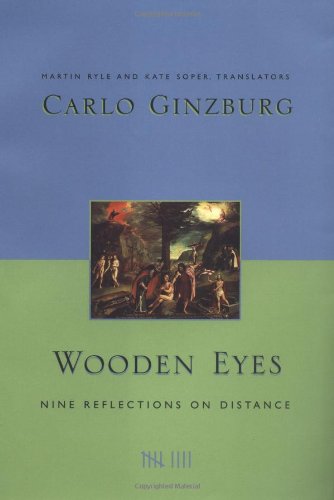

Most ebook files are in PDF format, so you can easily read them using various software such as Foxit Reader or directly on the Google Chrome browser.
Some ebook files are released by publishers in other formats such as .awz, .mobi, .epub, .fb2, etc. You may need to install specific software to read these formats on mobile/PC, such as Calibre.
Please read the tutorial at this link. https://ebooknice.com/page/post?id=faq
We offer FREE conversion to the popular formats you request; however, this may take some time. Therefore, right after payment, please email us, and we will try to provide the service as quickly as possible.
For some exceptional file formats or broken links (if any), please refrain from opening any disputes. Instead, email us first, and we will try to assist within a maximum of 6 hours.
EbookNice Team

Status:
Available4.8
29 reviews"I am a Jew who was born and who grew up in a Catholic country; I never had a religious education; my Jewish identity is in large measure the result of persecution." This brief autobiographical statement is a key to understanding Carlo Ginzburg's interest in the topic of his latest book: distance. In nine linked essays, he addresses the question: "What is the exact distance that permits us to see things as they are?" To understand our world, suggests Ginzburg, it is necessary to find a balance between being so close to the object that our vision is warped by familiarity or so far from it that the distance becomes distorting.
Opening with a reflection on the sense of feeling astray, of familiarization and defamiliarization, the author goes on to consider the concepts of perspective, representation, imagery, and myth. Arising from the theme of proximity is the recurring issue of the opposition between Jews and Christians -- a topic Ginzburg explores with an impressive array of examples, from Latin translations of Greek and Hebrew scriptures to Pope John Paul II's recent apology to the Jews for antisemitism. Moving with equal acuity from Aristotle to Marcus Aurelius to Montaigne to Voltaire, touching on philosophy, history, philology, and ethics, and including examples from present-day popular culture, the book offers a new perspective on the universally relevant theme of distance.